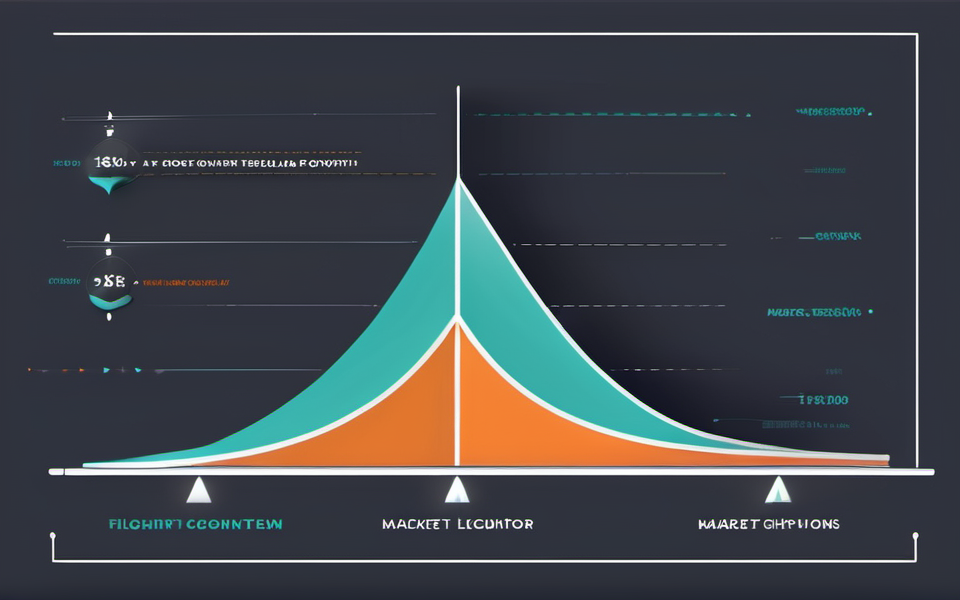Forget the old rules! The future of the economy depends on finding the sweet spot between regulation and market flexibility.
Imagine a world where businesses can flourish while protecting the environment, and society thrives while staying true to its values. This isn’t a fantasy; it’s the future we can create by finding the right balance between regulation and market flexibility.
But how do we do it?
This isn’t a simple question. On one hand, we need regulation to protect consumers, the environment, and public safety. On the other, we need market flexibility to foster innovation, economic growth, and job creation. Striking this balance is crucial for achieving sustainable development.
Redefining the Role of Regulation: From Restriction to Empowerment
Let’s ditch the old view of regulation as just a bunch of restrictions. Instead, let’s think of it as a powerful tool to shape a brighter future. We need to ensure that regulations:
- Promote responsible and sustainable practices – By establishing clear rules for resource usage and pollution, we can create an environment where businesses can flourish while protecting the planet.
- Encourage innovation and investment in sustainable technologies – By providing incentives and support for research and development of green solutions, we can push the boundaries of what’s possible.
- Level the playing field and foster fair competition – Clear regulations create a level playing field, preventing unfair practices and ensuring that all businesses are held accountable to the same standards.
Think about it like this: Regulation isn’t just about saying “no.” It’s about providing clear guidelines and incentives to guide the market towards a more sustainable future.
Unleashing Market Flexibility: Driving Innovation and Efficiency
Now, let’s talk about market flexibility. We need to create an environment where businesses can adapt and innovate to meet evolving challenges. This means:
- Reducing unnecessary bureaucratic barriers and streamlining processes – Less red tape means more agility and speed, allowing businesses to respond quickly to market trends and seize opportunities.
- Promoting open competition and diverse market actors – A vibrant, dynamic marketplace requires a mix of established players and new entrants, allowing for innovation and diverse perspectives.
- Focusing on performance-based outcomes rather than prescriptive regulations – Let businesses find their own solutions to achieve defined goals, encouraging innovation and efficiency.
Remember, market flexibility isn’t just about letting things run wild. It’s about fostering a dynamic ecosystem where businesses can thrive while contributing to the greater good.
Balancing the Scales: Strategies for a Sustainable Future
Here’s where it gets exciting. We can create a future that’s both innovative and sustainable by implementing some smart strategies:
1. Embracing Adaptive Regulations:
Instead of rigid, one-size-fits-all regulations, let’s adopt regulations that can adapt to new technologies and evolving challenges. Think of them as flexible frameworks that guide responsible business practices while leaving room for innovation. This allows for continuous improvement, pushing the boundaries of what’s possible in sustainable business practices.
2. Building Partnerships:
Collaborative efforts between the government, industry, and NGOs are crucial. This shared responsibility helps to build trust, establish clear expectations, and find common ground. These partnerships can create a collaborative ecosystem for sustainability where everyone contributes to a common goal.
3. Prioritizing transparency and accountability:
Transparency is key for ensuring trust in both regulation and market flexibility. By providing clear information and engaging in open dialogue, we can create a system where businesses, regulators, and the public work together.
Key Takeaways: Charting a Sustainable Path
- Regulation and market flexibility are not at odds. They are essential partners for achieving a sustainable future.
- Moving forward, regulation must evolve to become more adaptable, focused on outcomes, and promote innovation.
- Fostering a dynamic market ecosystem through market flexibility is key to driving progress, creating jobs, and unleashing the power of innovation.
- Through smart strategies and a commitment to collaboration, we can achieve a future where businesses thrive and society prospers while protecting the environment.
So, what will it be? Will we cling to the old ways, or will we embrace a future where we boldly navigate the intersection of regulation and market flexibility for a truly sustainable future? The choice is ours.









